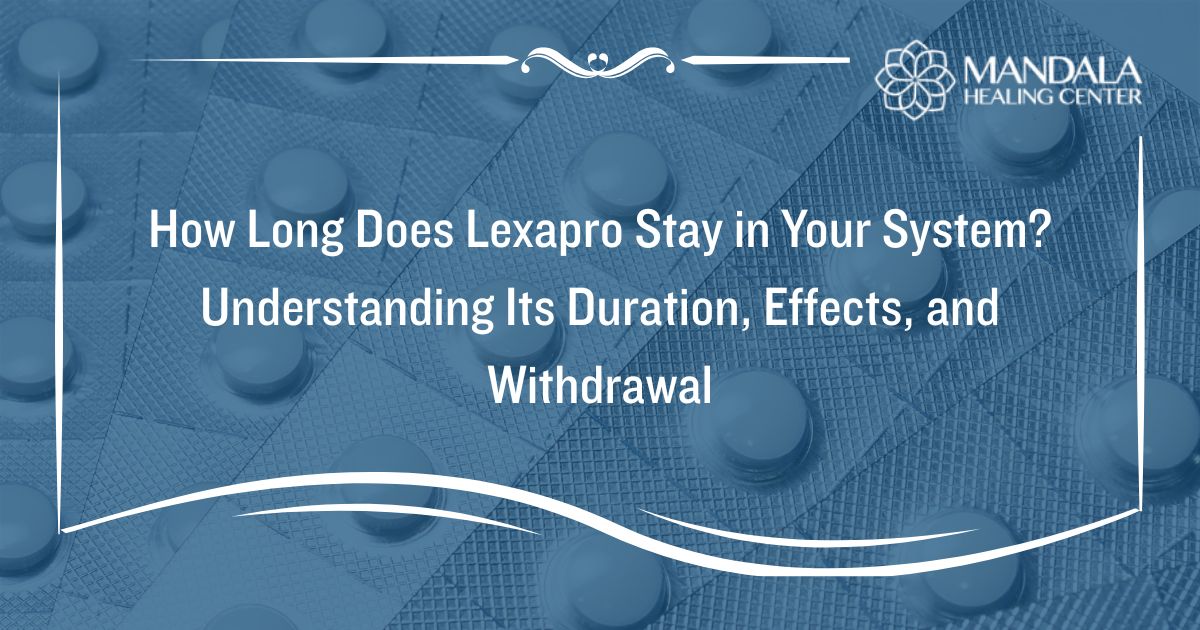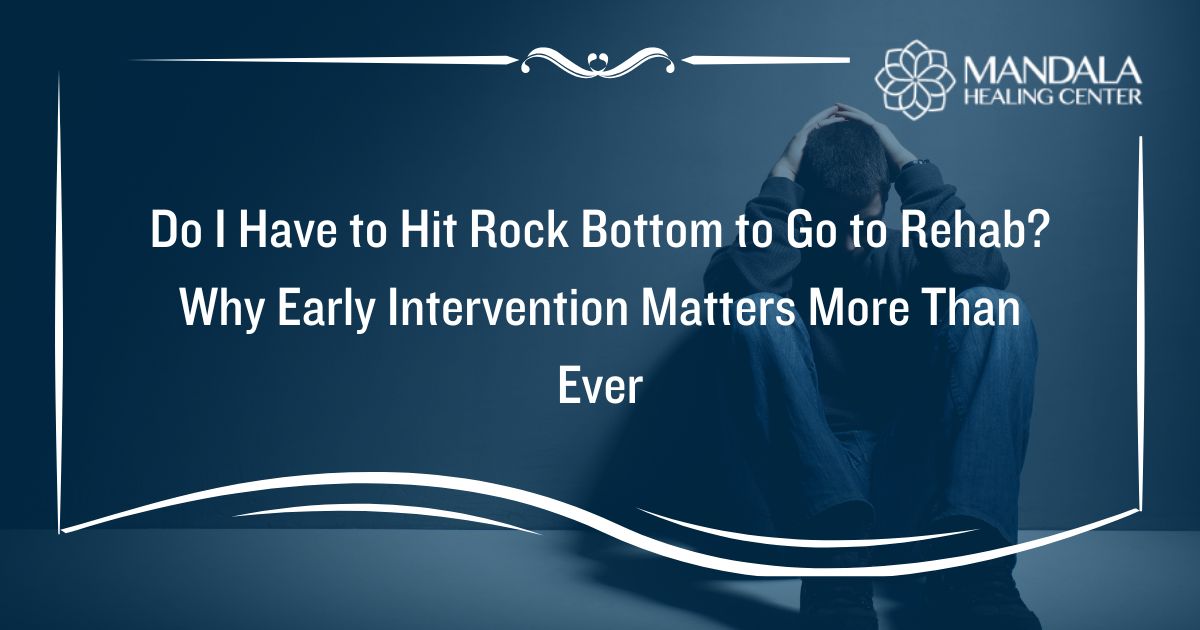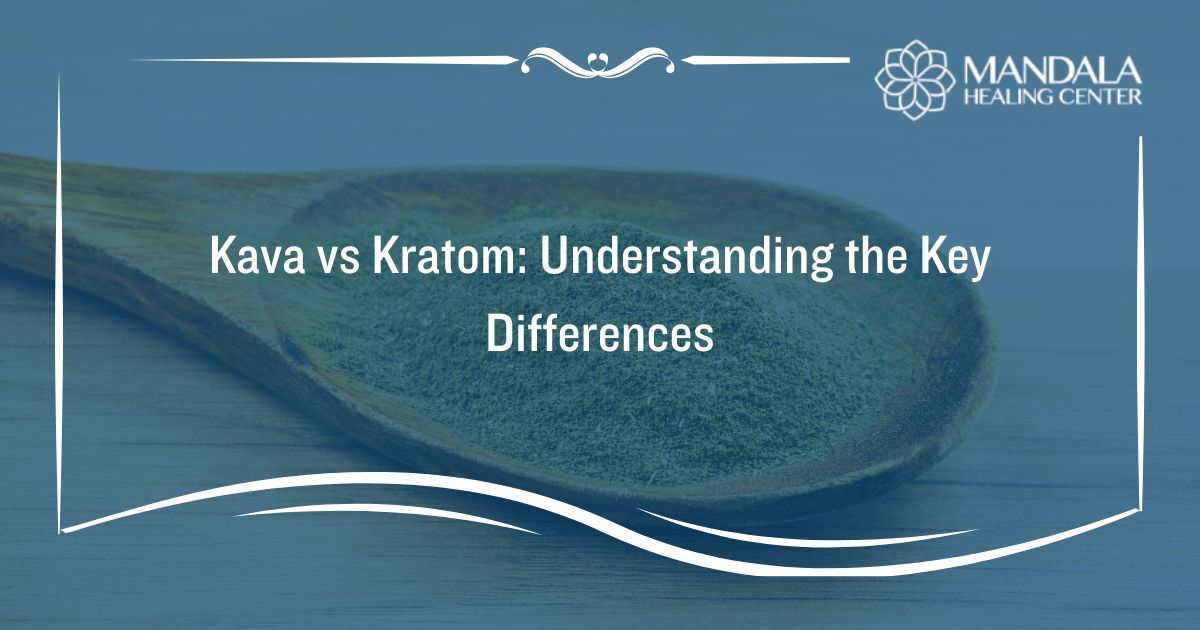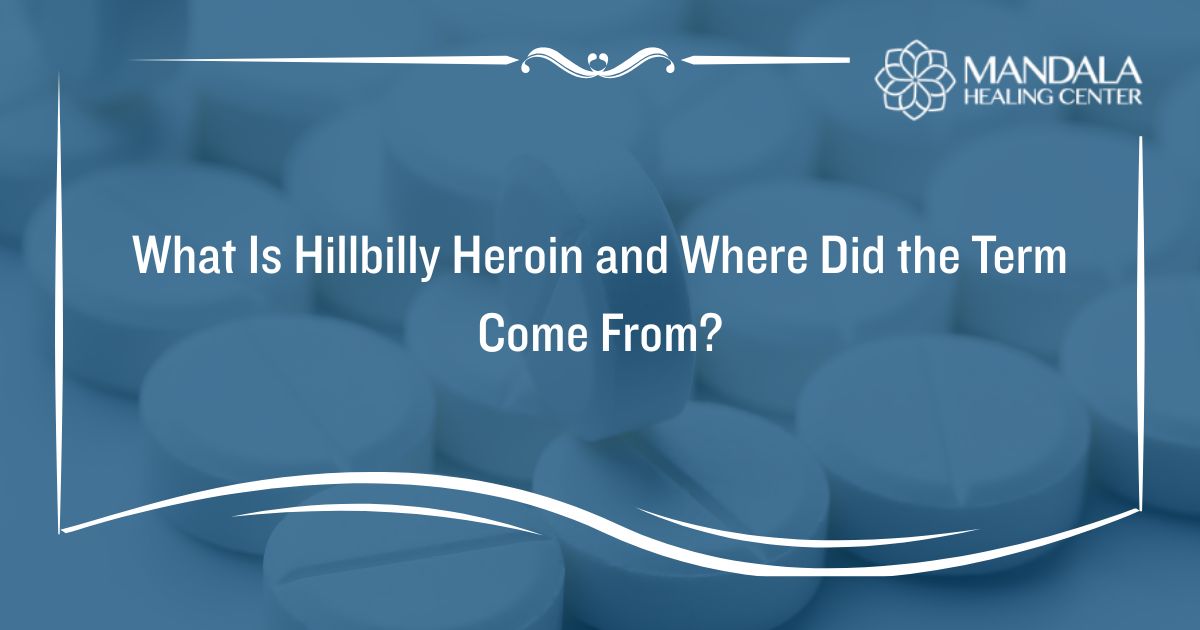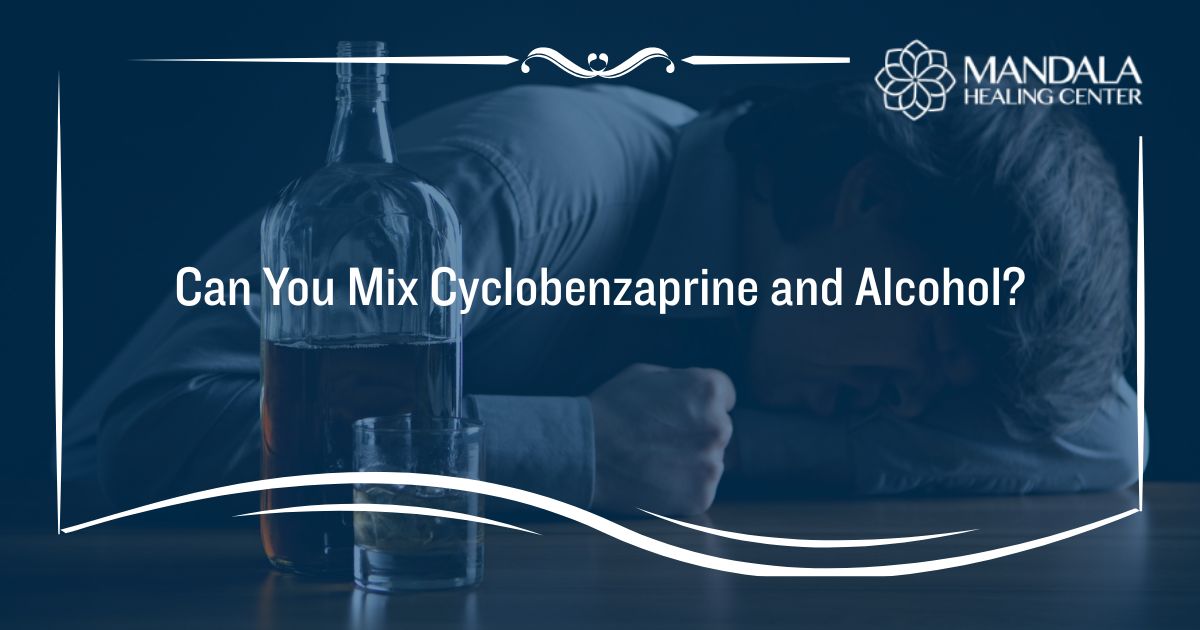Accidents, injuries, surgery, and medical conditions can cause pain that interferes with your daily functioning. While many people experience short periods of pain that eventually disappear, about 50 million people in the United States live with chronic pain.[1]
Chronic pain is a complex and sometimes misunderstood condition. When people can not find a method to manage chronic pain naturally, they may turn to drugs which can lead to dependence and addiction for relief.
Understanding the connection between chronic pain and addiction can help you identify risk factors and seek treatment if necessary. Reach out to the Mandala Healing Center staff today for information about starting a substance abuse treatment program.
What is Chronic Pain?
Chronic pain is pain that lasts for more than three months. The pain can be sporadic or constant. People with chronic pain describe the sensation as aching, stinging, shooting, throbbing, or stinging, although it can have any painful properties. Common sites for chronic pain include:
- Neck
- Back
- Joint (arthritis)
- Headaches and migraines
- Scar tissue
- All-over muscle pain, including fibromyalgia
- Nerves
Chronic pain interferes with a person’s ability to live a full, healthy life. It can prevent people from working, socializing, parenting, and other essential tasks.
Chronic pain can lead to depression, anxiety, insomnia, and mood swings. Living with the burden of chronic pain takes a toll on a person’s social life, health, and emotional well-being.
About 25% of all adults in the United States will experience chronic pain. Cancer, arthritis, injuries, and diseases are common causes of chronic pain. Some people experience chronic pain as a psychosomatic (mental) symptom of a mental illness. Some chronic pain comes from more than one source.
Treatment for chronic pain includes lifestyle changes, therapies, and medications. Some medications that treat chronic pain, including opioids, are highly addictive. People who take opioids for chronic pain should only take their medications as prescribed and must be aware of the signs of addiction and seek immediate treatment.
The Connection Between Chronic Pain and Addiction
Facing chronic pain day in and day out can strain your mental health. It can limit your ability to lead a happy, healthy life or even function on a daily basis. People often turn to any means necessary to find relief from their chronic pain–including highly addictive painkillers.
In 2019, 9.7 million people who were prescribed an opioid abused their medication.[2]
Doctors prescribe opioids to help manage moderate to severe chronic pain. Between 5 and 8 million Americans take an opioid for chronic pain management.[3] The following are among the most commonly prescribed opioid painkillers.
- Hydrocodone: Prescribed to treat mild to moderate pain.
- Codeine: Prescribed to treat mild to moderate pain. Found in cough syrup and pill form. Can cause lightheadedness and constipation.
- Morphine: Treats acute and chronic pain.
- Oxycodone: For moderate or severe pain.
- Methadone: Usually obtained from methadone clinics. Relieves moderate to severe pain.
Many drugs prescribed to treat chronic pain carry a severe risk of addiction. Many people begin taking these drugs and develop dependence or addiction quickly.
Understanding Chronic Pain and Opioid Abuse
No one chooses to develop an addiction. Living with chronic pain makes life feel challenging, and some people attempt to relieve their ongoing pain with opioid medications. Using these drugs for a prolonged period can quickly lead to abuse, dependence, or addiction. In addition to relieving pain, opioids cause feelings of calm, sedation, or euphoria. These pleasurable side effects can prompt people to take more of the medication or take it longer than prescribed.
People without known risk factors for addiction can develop dependence and addiction to opioid medications, even when they take the drugs under a doctor’s supervision.
Addiction can lead to long-term harm to your mental and physical well-being without treatment. It’s essential to recognize the symptoms of opioid abuse and get the help you need immediately. Some signs of opioid addiction include:
- Taking more of the drug than your doctor prescribed
- Experiencing changes in your mood, sleep, appearance, or appetite
- Financial or legal trouble as a result of your opioid use
- Continuing to use the drugs despite experiencing negative consequences
- Feeling out of control of your opioid use
- Having withdrawal symptoms if you do not take opioids or take less
Addiction is a serious and complex condition that requires comprehensive, compassionate treatment. If you believe that you or a loved one needs treatment for chronic pain and opioid abuse,
Treatment for Chronic Pain and Opioid Abuse
Treatment for prescription opioid addiction happens in stages, beginning with an assessment. A doctor or addiction specialist will gather information about your mental and physical health, opioid use, prior treatment periods, and other important information that will help them recommend a level of treatment to meet your needs.
If you require medically-supported opioid detox, you will complete this stage before beginning a treatment program. Treatment plans include a combination of evidence-based and holistic therapies that address addiction’s physical, emotional, and behavioral aspects. Treatments include:
- Individual counseling
- Group therapy
- Family therapy
- Medications
- Medical and mental health care
- Education
- Holistic therapies like art, yoga, meditation, nutrition counseling, and massage
During treatment, your treatment team will work to address your chronic pain with alternative pain management methods. These may include physical therapy, massage therapy, chiropractic, and relaxation techniques. If your chronic pain comes from mental illness, you can participate in mental health treatment and addiction treatment at the same time.
Many chronic pain patients benefit from opioid replacement therapy (ORT) or medication-assisted treatment (MAT). ORT and MAT involve using medications to treat addiction. Many of the medications used to treat opioid addiction, such as Suboxone and Methadone, have pain-relieving properties and can help alleviate pain symptoms.
Get Help Now
Mandala Healing Center’s holistic approach aims to heal the mind, body, and spirit. Our dieticians can help you develop a meal plan that reduces inflammation and our clinical team can assess your situation to refer you to the correct professionals.
To learn more about treatment for chronic pain and addiction or our West Palm Beach opioid rehab center, reach out to the Mandala Healing Center addiction specialists today.
References:








